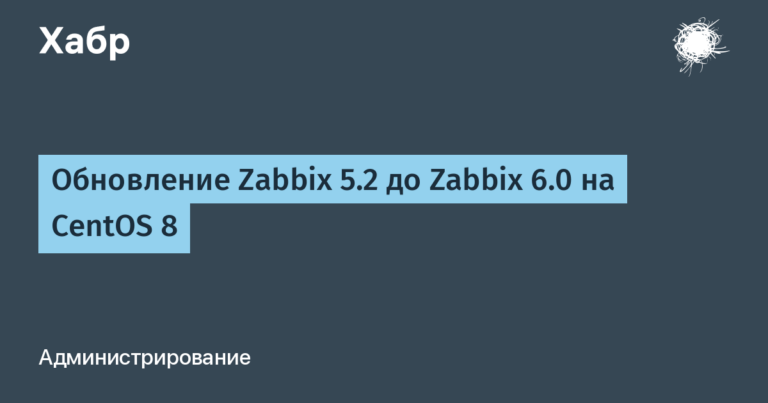Multimodal route In A Nutshell

Introduction
Every day you become a participant in multimodal transportation without even thinking about it.
What is this in simple terms?
Essentially, this is your daily morning route to work or school, where you first take the bus, then the metro, then rent a bicycle or scooter. A rarer example is your trip on vacation. It doesn’t start at the airport or train station. It starts near your home, where you order a taxi or take a bus, get to the train/bus station or airport, then a transfer or taxi on the spot, or maybe a bus again to get to the place.
What do these scenarios have in common? The common thing here is that in both cases it is a chain of routes connected to each other that you have built. All these pieces are carried out by different types of transport, and in general such a route is called multimodal.
Let’s understand the details and solutions that fundamentally use multimodal transportation.
Passenger and modes of transport
A multimodal route can be schematically depicted as follows:

As you can see, it all starts and ends with personal modes of transport, paid upon the provision of the service.
Between them there is public transport, the fare of which is paid in advance or at the start of the route. Payment from a deposit can also be used (for Moscow – Troika card).
Of course, depending on the route, the number and types of transport will vary, which will affect the travel time and the final cost of the trip.
If we talk about a trip on vacation or vacation, then we will see a similar sequence of movement, but long-distance or international transportation will be added to it.

Intercity transport can connect with each other, train with plane, bus with train, etc.
Our task as passengers is to work out the route, optimize it by geography, time, cost, and buy tickets for all types of transport.
Automation – services for travelers
At the time of writing this article, there is no full-fledged door-to-door solution for travelers that allows them to build a route and immediately pay for it on the market.
As an example of an application working with urban transport, we can talk about “Moscow transport” and regional applications from the company Datapaxwhich cover urban and suburban areas
(links to Google Play are available only via VPN for readers in the Russian Federation).
Regarding intercity transportation, there is only one solution on the market from the Onelia company (tripandfly.ru), which can currently build a multimodal route using 5 types of transport (long-distance railway, commuter rail, aviation, bus, water) with the possibility of purchasing them in one order.
Basically, the only services available to travelers on the market are those that cover individual routes on one type of transport.

In the figure above, the types of transport that can now be purchased on various Internet resources are highlighted in color. Metasearch engine sites that collect offers from agencies and carriers, as well as on the sites of online travel agencies.
In the international market, examples include service Rome2Rio, Omio. Omio does not provide a full-fledged multimodal service, but only initiates a search for all available modes of transport along the traveler’s route, solving the problem of the optimal cost of the route.
The multimodal solution works in the Russian market on the Russian Railways resource with priority to rail transport (for obvious reasons).
The Sirena company spoke about work in the direction of multimodal transportation as part of its MixWel product, the VIPService company, but in both cases it is impossible to get acquainted with the working product in the public domain.
The Russian tourism market players Yandex and TuTu have quite a serious foundation for creating a full-fledged multimodal service. But while Yandex acts as a metasearch for mono-transport services, it is premature to talk about creating a full-fledged multimodal service.
Examples of multimodal routes
For example, let’s take the route Nizhny Bestyakh (Republic of Sakha (Yakutia)) – Moscow.

Tripandfly offers a route using rail and air transport lasting 1 day 7 hours.

Taking into account the priority of railway transport, the site offers the opportunity to travel along the route in 6 days and 5 hours.


The services from Yandex and TuTu do not have multimodal offers, but they both offer to connect two railway routes into one to solve the passenger’s problem.
The approach is identical to creating a virtual interline for air travel when airlines do not have contracts to provide transfers and the passenger is responsible for transfers.
All options have one drawback, which residents of Yakutsk or Nizhny Bestyakh will quickly notice. This disadvantage is a consequence of the problem of data completeness in systems that build multimodal routes and their sources. In this case, the fact that there is a bus service between Yakutsk and Nizhny Bestyakh is not taken into account, in winter along the frozen Lena, and in summer by ferry. Thus, the optimal route would be Bus + Airplane and travel time would be reduced to “less than a day.” It must be admitted that the direct route Irkutsk-Nizhny Bestyakh on the rzd.ru website is offered taking this possibility into account.
Open questions
Despite the fact that working services allow the traveler to solve the issue of constructing a route and approach the issue of optimal cost and travel time quite flexibly, they do not yet solve the problem of maintaining its integrity. In the event of cancellation or delay of one of the flights on a multimodal route, the passenger will have to promptly rebuild the entire route.
Another significant limitation is the use of only intercity and international modes of transport when building a multimodal route. So far, the urban segment, as well as the first and last miles, are not involved in the construction. These sections can be as variable as possible and offered to the traveler as an option, showing options for how he can close this section of the route. Moreover, as you get closer to the start of the trip, these options may change.
Well, probably the most significant issue is the passenger’s awareness that such services exist and they can solve the problems of building a route, optimizing cost and travel time. In the near future, I hope these solutions will be offered door to door, making our travel even more comfortable.





